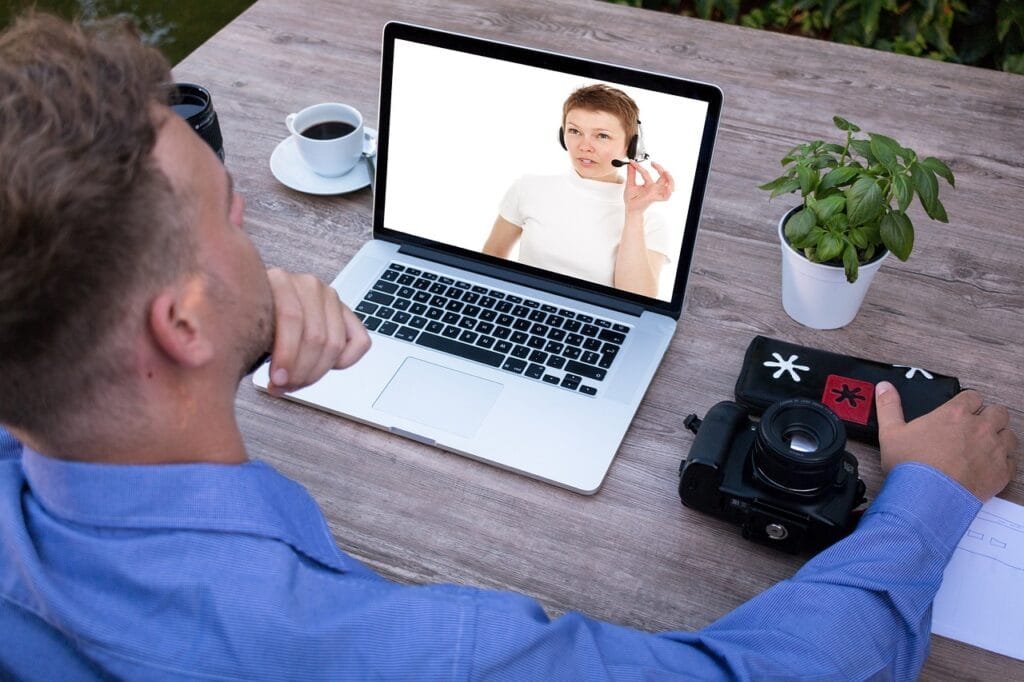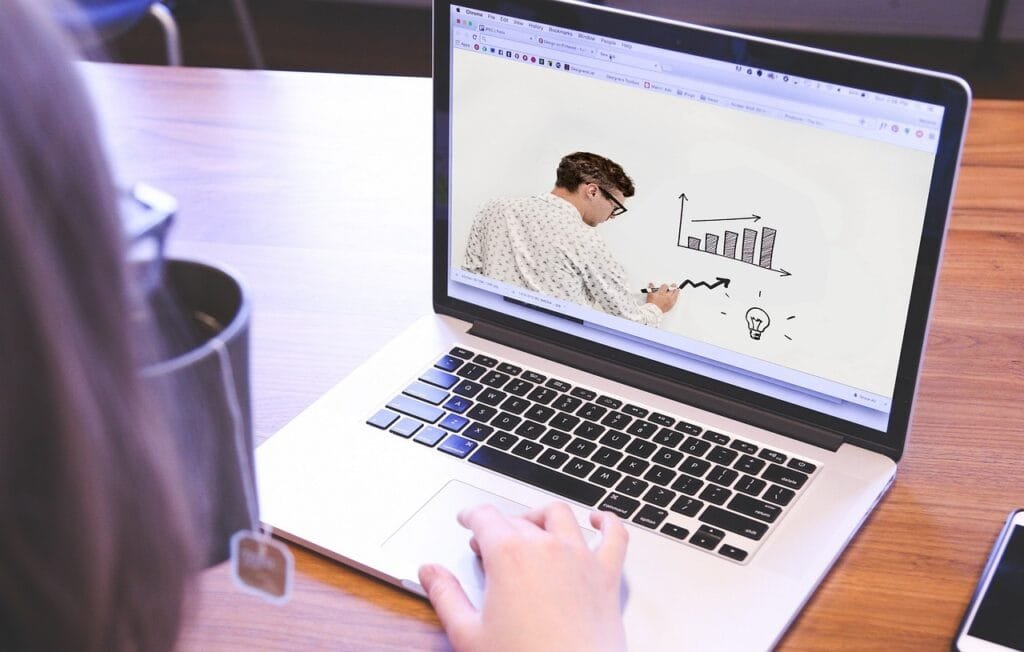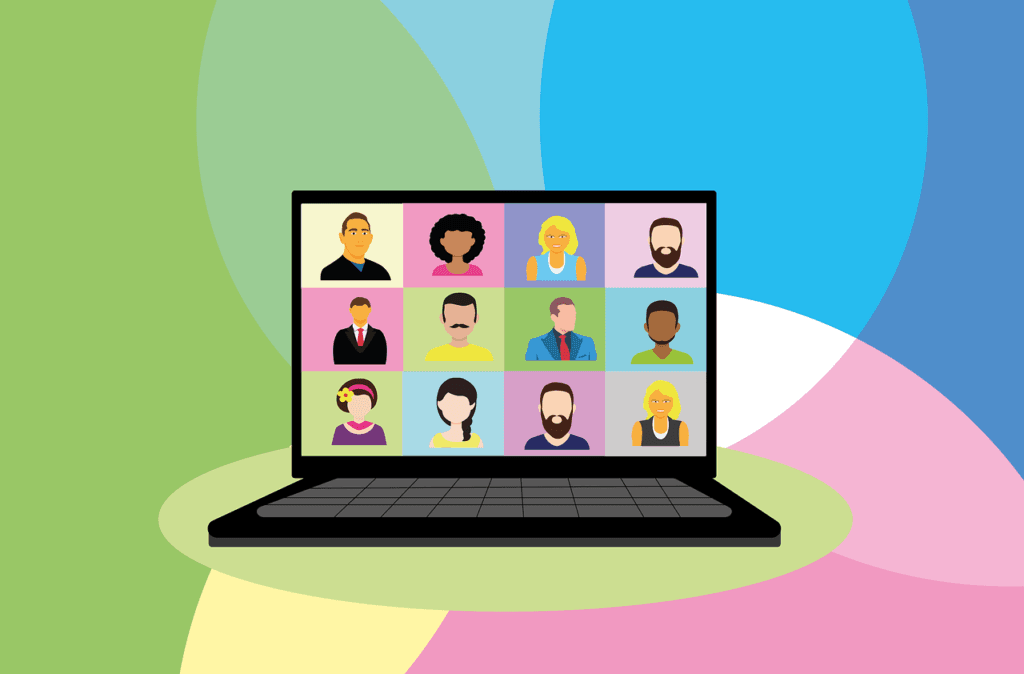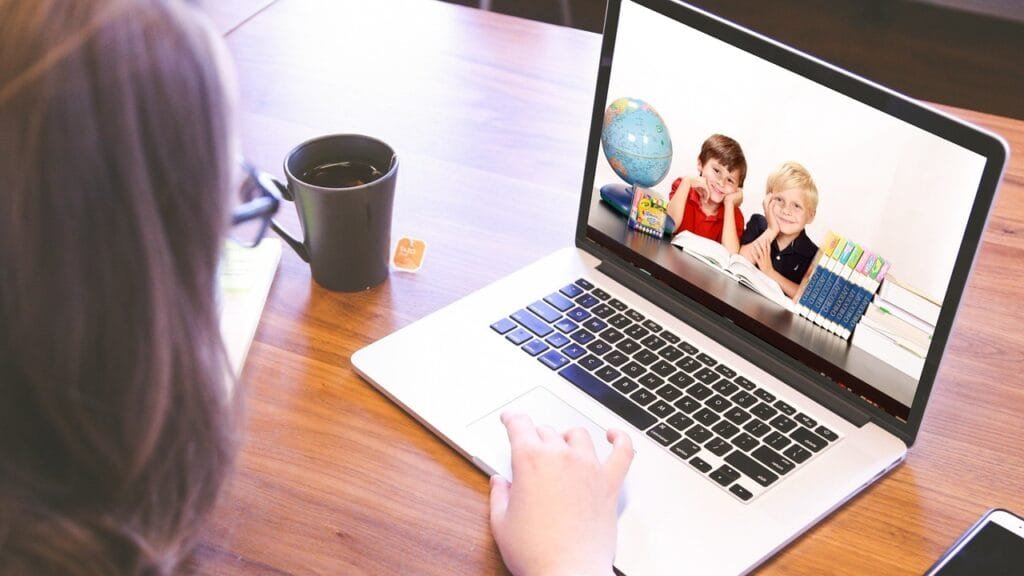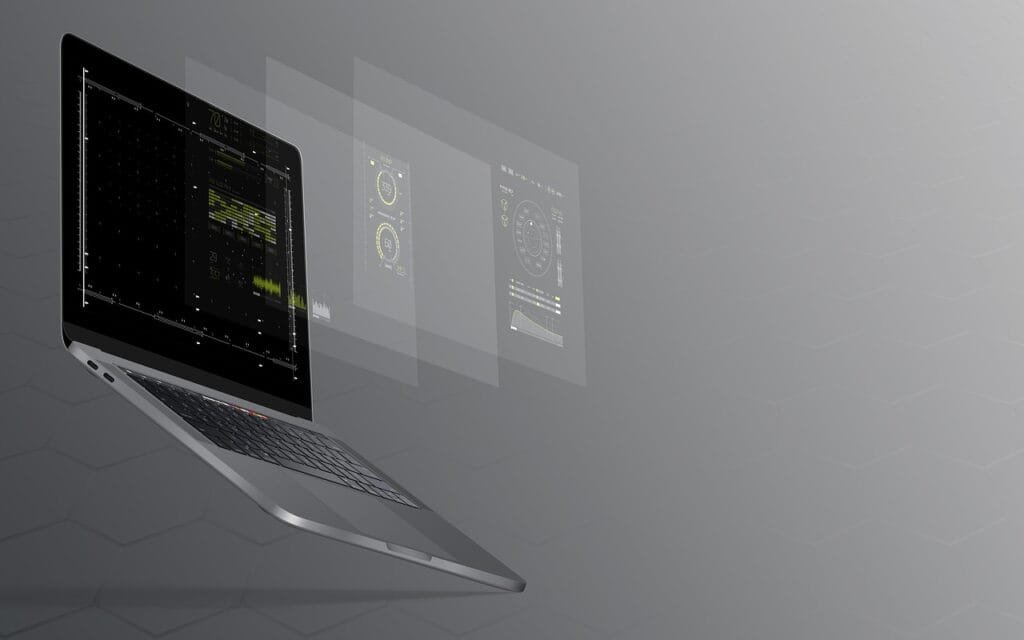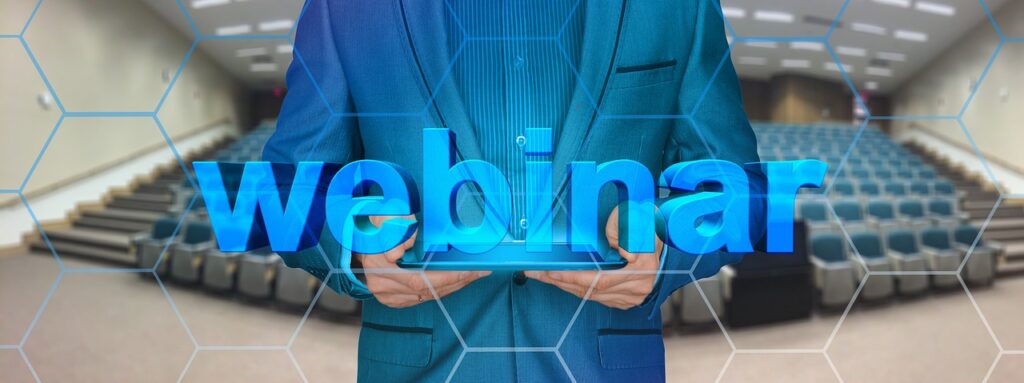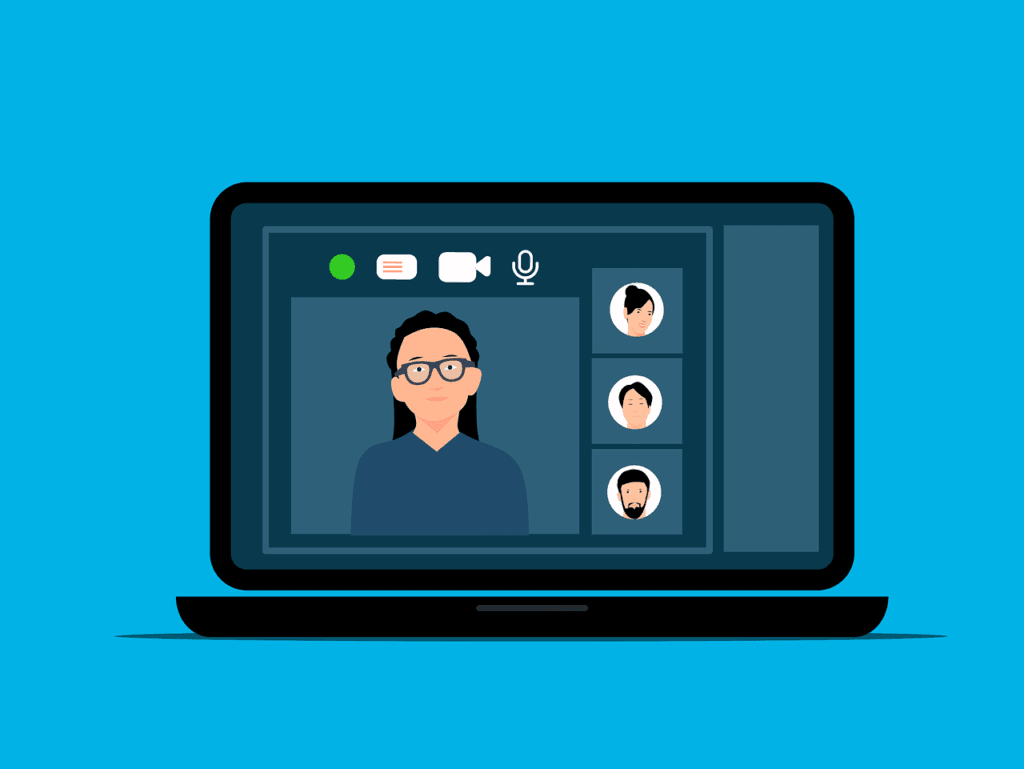In the digital age, where information and communication traverse beyond physical boundaries, the role of webinars in education, engagement, and empowerment is undeniable. These virtual sessions bridge gaps, disseminate knowledge, and foster communities. However, the success of a webinar is intrinsically linked to its visibility and reach. This is where social media, with its ubiquitous presence and unparalleled reach, comes into play. In this comprehensive guide, we will navigate the intricate pathways of utilizing social media to elevate the visibility, engagement, and impact of your webinars, transforming them from isolated sessions to global conversations.
The Social Media Landscape
Social media isn’t just a communication platform; it’s a dynamic, interactive ecosystem where information, insights, and inspirations flow freely. Every post, tweet, or share is a potential touchpoint to engage, enlighten, and enlist an audience that is as diverse as it is discerning. For webinar hosts, presenters, and organizers, social media offers a playground to not just announce but amplify, not just inform but inspire, and not just reach but resonate with a target audience that is eager, engaged, and empowered.
Tailoring the Message
The first step in this journey isn’t broadcasting the webinar but building a narrative. Every webinar addresses a need, answers a question, and offers a solution. Crafting this message with clarity, creativity, and conciseness is the cornerstone of social media promotion. It’s not about saying a lot but saying enough to ignite curiosity, trigger engagement, and inspire action.
Content Customization for Platform Diversity
In the eclectic world of social media, one-size-fits-all is a concept that’s both outdated and ineffective. Each platform, with its unique interface, audience demographic, and interaction pattern, demands a distinct content strategy.
Facebook: The Community Builder
Facebook, characterized by its diverse demographic and community-building features, offers a rich ground to promote webinars. Customized event pages, interactive posts, and community groups are instrumental tools. These platforms can be utilized to offer sneak peeks, session highlights, and speaker introductions, fostering a sense of anticipation and inclusivity.
Twitter: The Conversation Starter
The brevity and immediacy of Twitter make it a hub for real-time interactions. Utilizing hashtags related to the webinar’s core topics can enhance visibility. Live tweeting during webinars, creating polls, and engaging in conversations amplifies interaction, making participants not just viewers but contributors.
LinkedIn: The Professional Network
LinkedIn, with its professional aura, is the go-to platform for B2B webinars. Detailed posts, professional insights, and targeted ads, especially crafted for a corporate and business-oriented audience, generate a focused outreach. The key is formal language, detailed information, and value proposition articulation.
Influencer Collaborations
The voice of authority speaks volumes, especially on social media. Collaborating with industry influencers, thought leaders, and experts can lend credibility and visibility to the webinar. Customized content, joint live sessions, and influencer shares can enhance the webinar’s authenticity and reach.
Instagram Stories and Reels
Visual content on Instagram, especially stories and reels, provides a creative avenue for engaging potential attendees. Short video clips of speakers, animated infographics of webinar content, and interactive Q&A sessions can make information dissemination interactive and engaging.
User Engagement Enhancements
Social media isn’t just about speaking; it’s also about listening. Encouraging potential attendees to ask questions, share insights, and participate in pre-webinar discussions can foster a sense of community and anticipation. Customized hashtags, interactive polls, and user-generated content can make the webinar a two-way conversation.
Analytics and Insights
Leveraging the power of social media analytics tools helps in understanding audience interactions, preferences, and behaviors. These insights are instrumental in crafting content that’s not just seen but also resonates, not just viewed but also shared.
Data-Driven Decision Making
As we delve deeper into the intricacies of employing social media for webinar promotion, the indispensable role of data cannot be overstated. In a digital landscape awash with content, the precision and personalization enabled by data analytics set the stage for an enhanced audience connection.
Analytics Tools Integration
Implementing analytics tools like Google Analytics, Sprout Social, or Hootsuite enables the tracking of key metrics including audience engagement, click-through rates, and conversion. By assessing the real-time impact of promotional efforts, businesses can finetune their strategies, enhancing ROI.
A/B Testing
A/B testing of social media content, particularly ads and call-to-action buttons, offers valuable insights into audience preferences. By systematically analyzing user engagement, marketers can identify the most impactful content types, designs, and copies, thus streamlining their promotional endeavors.
Leverage User-Generated Content (UGC)
Community Engagement
Creating spaces for potential attendees to share their insights, expectations, and feedback fosters an environment of community and collaboration. Whether it’s through comments, forums, or dedicated hashtags, UGC amplifies reach and fosters organic engagement.
Testimonials and Reviews
Showcasing testimonials and reviews from previous webinar participants boosts credibility. Potential attendees are more likely to register when they witness positive feedback from their peers, making this an effective strategy for building trust and anticipation.
Real-Time Engagement
Live Sessions
Hosting live Q&A sessions, discussions, or sneak peeks into the webinar content on platforms like Facebook Live or Instagram Live can generate buzz. Real-time engagement enables immediate feedback and interaction, enhancing the audience’s connection with the brand and topic.
Chatbots and Instant Messaging
Integrating chatbots and instant messaging within social media platforms ensures that audience queries and concerns are addressed in real time. This not only enhances user experience but also boosts the chances of conversion from a mere viewer to a registered participant.
Post-Webinar Content Sharing
Highlight Reels
Sharing snippets, key takeaways, or highlight reels of the webinar on social media post-event extends the content’s lifespan. It not only serves as valuable content for those who attended but also as a promotional tool for upcoming webinars.
Feedback Collection
Social media provides an interactive platform for collecting post-webinar feedback. Polls, comments, and direct messages can be utilized to gather insights, which are instrumental for enhancing the quality and relevance of future webinars.
Influencer Collaborations
Identifying Right Influencers
In the context of amplifying webinar promotions, collaborating with influencers who resonate with the target audience’s niche is crucial. Their endorsement adds a layer of credibility, connecting the webinar content with a broader yet targeted audience.
Custom Content Creation
Influencers can create custom content like videos, blog posts, or social media updates to bring a personalized touch to the promotion, making it more authentic and engaging.
Optimizing Social Media Algorithms
Content Timing and Frequency
Understanding the algorithms of different social platforms is essential. It guides the timing, frequency, and type of content posted to ensure maximum visibility and engagement.
Engagement Metrics
Active responses to comments, messages, and shares increase the engagement metric, making the content more visible to a wider audience as per the algorithm’s preference for highly engaging content.

Related: Check out our free SEO suite

Integration of Virtual Reality (VR) and Augmented Reality (AR)
Immersive Experiences
Creating AR and VR content for social media can offer potential attendees an immersive glimpse into the webinar experience, boosting intrigue and engagement.
Interactive Advertisements
AR and VR ads are not just visually appealing, but they’re interactive, enhancing user engagement and, consequently, conversion rates.
Personalized Messaging and Communication
Segmented Communication
Crafting personalized messages for different audience segments based on their preferences, behaviors, and interactions can make the promotion more effective and relatable.
AI-powered Insights
Utilizing AI to gather and analyze data ensures the crafting of highly personalized content, thereby increasing the chances of audience conversion.
Leveraging Storytelling
Behind-the-Scenes
Sharing behind-the-scenes content or the journey of creating the webinar connects with the audience on a human level, making the event more relatable and enticing.
Narratives
Building narratives around the webinar topic, speakers, or potential takeaways can create a compelling story, making the promotion more engaging.
Community Engagement
Niche Communities
Identifying and engaging with niche communities and forums on platforms like Reddit, Quora, or specialized networking sites to share valuable content and invite discussions.
User-Generated Content
Encouraging attendees and followers to create and share content related to the webinar can amplify reach and enhance authenticity.
Gamification Techniques
Contests and Challenges
Implementing social media contests and challenges that require users to engage with webinar content, leading to increased visibility and engagement.
Reward Mechanisms
Introducing reward mechanisms for active participation, sharing, and engagement, incentivizing users to promote the content within their networks.
Dynamic Content Adaptation
Adaptive Content
Creating content that automatically adapts based on user behavior, preferences, and engagement history, ensuring each user gets a unique and personalized experience.
Real-Time Optimization
Optimizing content in real-time based on engagement data to ensure maximum reach and interaction.
Conclusion
In the evolving digital age, the integration of webinars and social media has unveiled a paradigm where information dissemination and audience engagement converge seamlessly. This synergy, though rich with opportunities, requires meticulous crafting of strategies, precise execution, and continuous optimization to reap the envisioned benefits. Our exploration into the multidimensional strategies unveils the significance of blending creativity with technology, personalization with scalability, and content richness with audience receptivity. Each strategy, from the intricate art of storytelling to the precision of AI-powered personalization, underscores a critical realization – the audience is at the core, and their engagement is the ultimate litmus test of efficacy.
READ NEXT:



